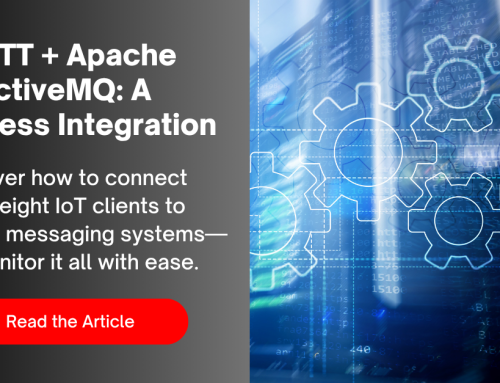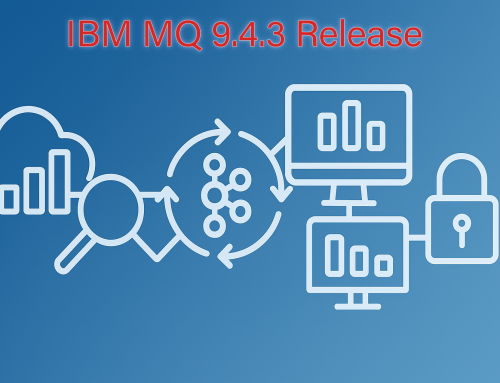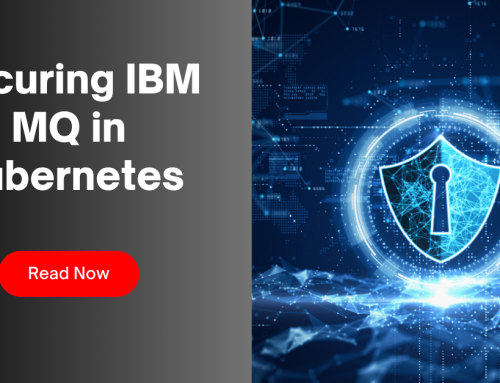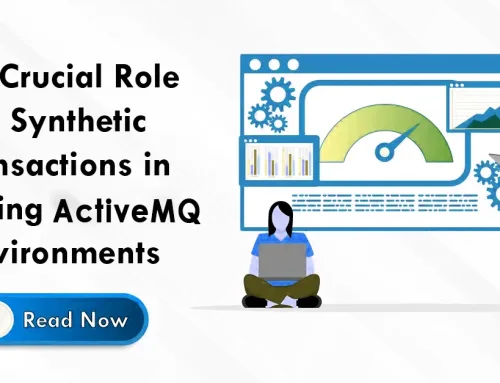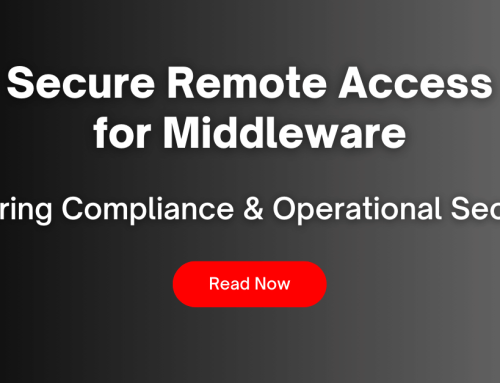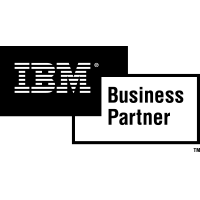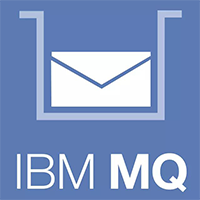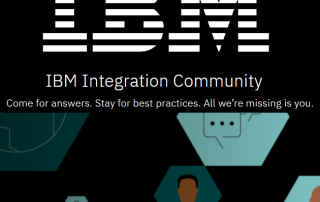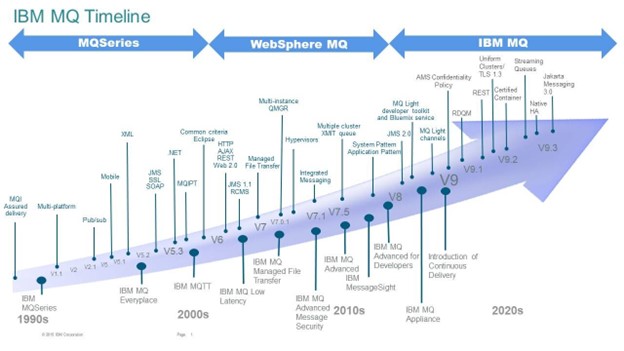Designing a Resilient Middleware Architecture: Best Practices for Modern Enterprises
In today’s digital landscape, enterprises rely heavily on middleware to connect disparate systems, applications, and services. Middleware serves as the backbone of complex IT environments, enabling seamless communication and integration. However, as businesses scale and evolve, their middleware must also adapt to ensure uninterrupted service and operational stability. A resilient middleware architecture is essential to withstand failures, handle high volumes of traffic, and support future growth. In this blog post, we’ll explore the key principles of designing a resilient middleware architecture and share best practices to help you build a robust, fault-tolerant system.
Why Resilience Matters in Middleware Architectures
Resilience in middleware architecture is the ability of the system to maintain acceptable levels of service in the face of failures, disruptions, or unexpected loads. Middleware plays a critical role in ensuring that applications can communicate effectively, regardless of network conditions, system failures, or other challenges. A resilient middleware architecture helps:
- Ensure Continuous Availability: By minimizing downtime and maintaining operations even during component failures or maintenance activities.
- Improve Performance Under Load: By optimizing the system to handle spikes in traffic or high volumes of transactions without degrading performance.
- Enhance Security and Compliance: By providing robust mechanisms to safeguard data integrity and prevent unauthorized access during failures.
- Support Scalability and Flexibility: By designing an architecture that can easily scale horizontally or vertically to accommodate growth or changing business needs.
Key Principles for Designing Resilient Middleware Architecture

Implement Redundancy and High Availability
Redundancy is a fundamental principle of resilience. To prevent a single point of failure, design your middleware architecture with multiple instances of critical components. Use clustering, load balancing, and failover mechanisms to ensure that if one instance fails, another can take over without service interruption.
- Active-Active Configuration: Deploy multiple active nodes across different locations or data centers to ensure high availability. This setup allows traffic to be distributed across all nodes, enhancing load balancing and reducing latency.
- Active-Passive Configuration: In scenarios where cost or resource constraints exist, use an active-passive setup, where a primary node is supported by one or more standby nodes that become active only during a failure.
Utilize Asynchronous Communication and Message Queuing
Asynchronous communication decouples the sending and receiving applications, allowing them to operate independently. Message queuing systems like IBM MQ, Apache Kafka, or RabbitMQ can store messages until the receiving system is ready to process them, thereby preventing bottlenecks and improving fault tolerance.
- Message Durability: Ensure that messages are persisted to storage to prevent loss in case of a crash or failure. Use distributed message brokers to replicate messages across multiple nodes.
- Backpressure Handling: Implement backpressure strategies to manage sudden bursts of traffic and prevent overwhelming downstream systems. This may involve slowing down message production or rerouting messages to other queues.
Implement Circuit Breaker Patterns
A circuit breaker pattern is used to detect and manage failures in real-time. It acts as a safety switch that temporarily halts operations to a failing component, preventing cascading failures throughout the system. By implementing this pattern, you can avoid repeated failed attempts to communicate with an unresponsive service, reduce latency, and protect critical components from overload.
- Open, Half-Open, and Closed States: Design your middleware to handle these three states of a circuit breaker effectively. Use metrics like error rates and response times to decide when to trip the circuit and when to attempt reconnections.
- Fallback Mechanisms: Develop fallback strategies that allow your application to degrade gracefully. For example, use cached data or limited functionality when a service is unavailable.
Leverage Observability and Monitoring
To build a resilient architecture, you must have visibility into your middleware environment’s health, performance, and behavior. Observability involves monitoring key metrics, collecting logs, and tracing transactions across the middleware stack.

- Real-Time Alerts and Dashboards: Use monitoring tools like Avada Software’s Infrared360, Dynatrace, or Prometheus to create dashboards that display real-time metrics such as message throughput, latency, and error rates. Configure alerts to notify your team of any anomalies or potential issues before they escalate.
- End-to-End Tracing: Implement end-to-end tracing to follow the path of a transaction or message through the entire middleware layer. This helps in diagnosing performance bottlenecks, identifying failures, and understanding dependencies between services.
Adopt a Microservices-Oriented Middleware
Consider using middleware that supports a microservices architecture, which allows you to build and deploy services independently. This approach makes your system more resilient because it isolates failures, so a failure in one microservice does not affect the entire system.
- Service Discovery and Load Balancing: Use service discovery tools like Consul or Eureka to automatically locate services, and load balancing to distribute requests evenly across multiple instances.
- API Gateway: Implement an API gateway to handle request routing, security, and monitoring. An API gateway can also provide caching, rate limiting, and failover capabilities, further enhancing the resilience of your architecture.
Plan for Disaster Recovery and Business Continuity
A comprehensive disaster recovery plan is essential for resilience. This plan should include regular backups, offsite storage, and clear recovery point objectives (RPO) and recovery time objectives (RTO).
- Data Replication and Backup: Regularly replicate data to geographically dispersed locations and perform backups. Use automated tools to manage backup schedules and validate data integrity.
- Disaster Recovery Drills: Conduct regular disaster recovery drills to ensure that all team members know their roles and responsibilities during an outage. This practice helps identify gaps in your recovery plan and improves readiness.
What to Look for in a Monitoring Solution
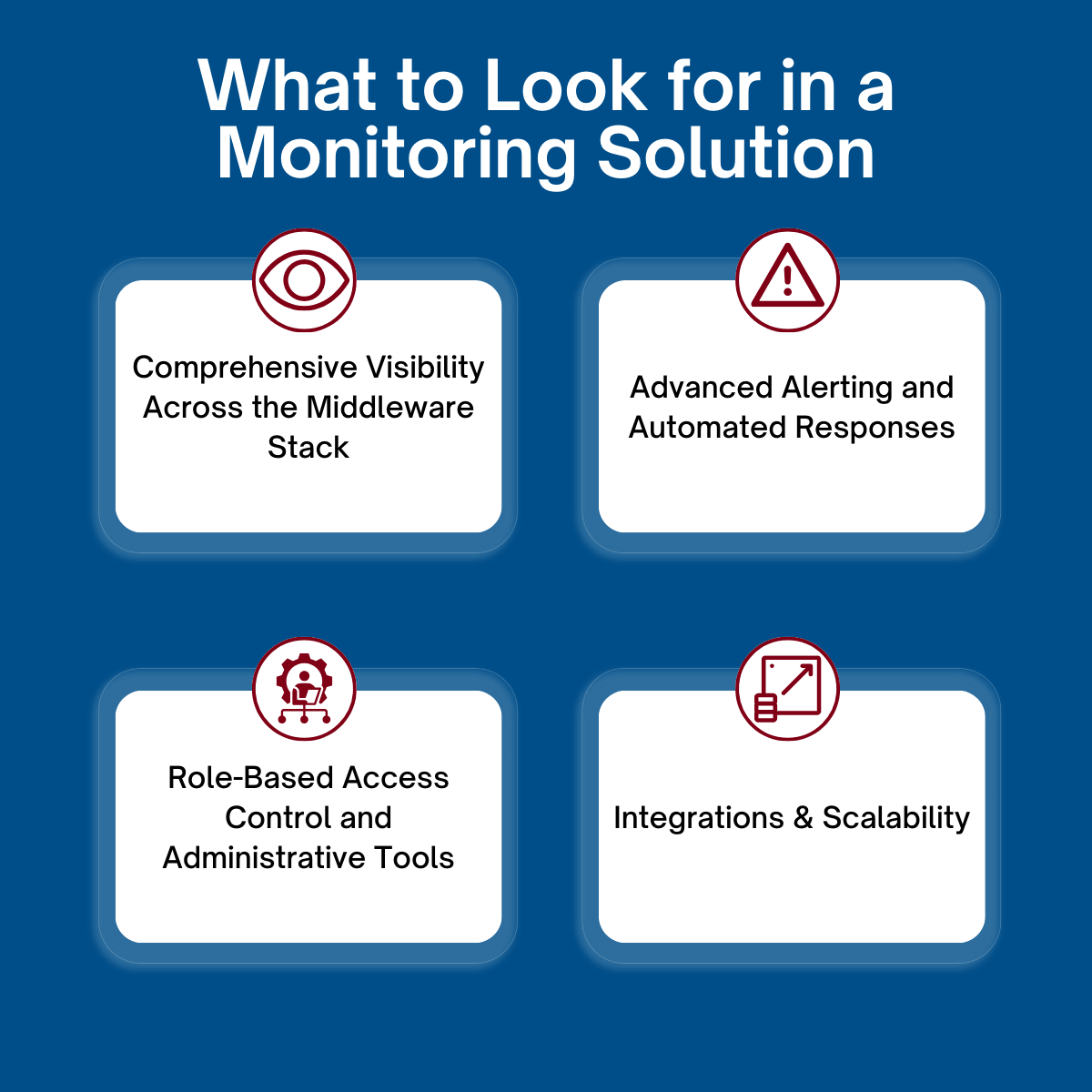
When designing a resilient middleware architecture, selecting the right monitoring solution is crucial. Here’s what you should look for:
- Comprehensive Visibility Across the Middleware Stack: Your monitoring tool should provide end-to-end visibility across all components of your middleware, including queues, brokers, APIs, and message flows. Solutions like Avada Software’s Infrared360 offer comprehensive monitoring capabilities that cover multiple MQ environments, ensuring you have a complete view of your infrastructure.
- Advanced Alerting and Automated Responses: Look for solutions that offer advanced alerting capabilities, including support for stacked alert parameters that combine multiple conditions (like CPU usage, memory utilization, and message latency). Infrared360 allows you to define complex alert rules and trigger automated responses to minimize downtime and reduce the impact of failures.
- Role-Based Access Control (RBAC) and Administrative Tools: It’s essential to have administrative capabilities to control who can access and modify critical components of your middleware environment. Infrared360 provides robust RBAC features, allowing you to manage user roles and permissions effectively. This ensures that only authorized personnel can make changes, reducing the risk of misconfigurations or security breaches.
- Integrations and Scalability: Choose a monitoring solution that integrates seamlessly with other tools in your tech stack, such as APM tools, logging platforms, and alerting systems. It should also be scalable to grow with your business, handling increased traffic, more services, and expanding middleware environments without degradation in performance.
Conclusion
Designing a resilient middleware architecture is essential for maintaining continuous availability, optimal performance, and robust security in modern IT environments. By implementing redundancy, leveraging asynchronous communication, utilizing observability tools, and adopting best practices, you can build a middleware architecture that is both resilient and scalable.
Choosing the right monitoring solution, like Avada Software’s Infrared360, with advanced features like end-to-end visibility, advanced alerting, Trusted Spaces™, True Real-Time™ monitoring, and comprehensive integration capabilities, is a critical step in achieving true resilience. Invest in building a robust middleware foundation today, and you’ll be prepared to meet the challenges of tomorrow with confidence.
More Infrared360® Resources


